Transfer Carts vs. Forklifts: Which is the Better Handling Equipment for You?
In warehouses, factories, ports, and construction sites, operational efficiency, safety, and cost-effectiveness all depend on a critical decision: choosing the right material handling equipment. Transfer carts and forklifts are two heavy-duty pieces of equipment, each with unique advantages, but which one is better suited to your specific needs?
What is a Transfer Cart?
Transfer cart is a specialised handling equipment designed for transporting heavy loads in industrial environments such as warehouses and production areas. It is powered by either a rail-based or wheel-based steering system and is adept at safely moving large loads along fixed or flexible routes. Unlike forklifts, transfer carts typically operate along pre-set paths (tracks) or utilise advanced navigation systems for autonomous movement.
15 Ton Transfer Cart Video
Main Types of Transfer Cart
All wheel steering transfer cart: These operate independently of fixed routes using a wheel-steering system, offering flexible navigation capabilities.
Autonomous transfer cart: These operate via a fully automated system, using sensors and artificial intelligence to navigate without human intervention.
Rail transfer cart: These travel along fixed tracks, suitable for consistent, repeatable routes in controlled environments.
Advantages and Disadvantages of Transfer Carts
Advantages:
- Collaborative and Safe: Omnidirectional transfer carts use independent wheel steering to move in narrow, sensitive areas and can safely collaborate with humans.
- High Load Capacity: Heavy duty transfer carts can handle loads of up to 500 tonnes, making them ideal for transporting oversized loads.
- Advanced Navigation: Equipped with laser scanners, 3D cameras, and proximity sensors to achieve autonomous obstacle avoidance.
- Reduced Human Error: Autonomous operation minimises accidents caused by human error (unlike forklifts that rely on operators).
- Safer Workplace: Takes over repetitive, high-risk tasks, reducing collision risks.
Disadvantages:
Not suitable for steep slopes or uneven terrain.
Autonomous models require obstacle-free routes to operate reliably.
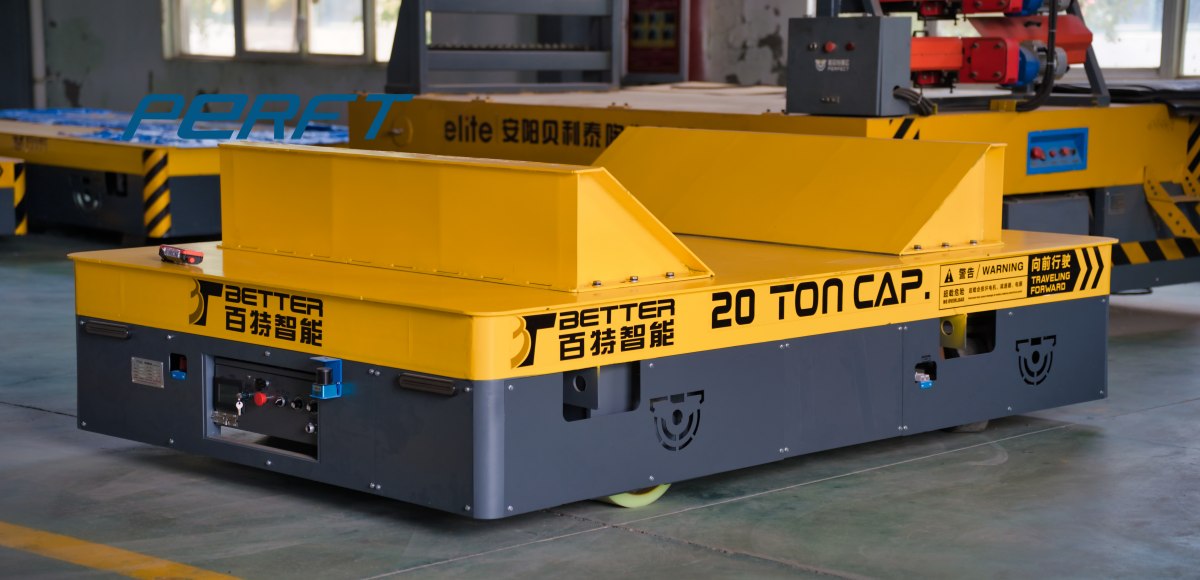
What is Forklift?
Forklift is a motorised vehicle designed specifically for lifting, transporting and stacking materials. They are the mainstay of warehouses, ports, construction sites and factories, designed to increase work speed in various environments and reduce manual labour.
Main Types of Forklifts
Diesel Forklifts: High load capacity, suitable for open areas (such as construction sites).
Electric Forklifts: Environmentally friendly and quiet, ideal for enclosed spaces (such as warehouses).
LPG forklifts: Fuel-efficient, suitable for indoor and outdoor mixed environments.
Advantages and Disadvantages of Forklifts
Advantages:
- Improved Efficiency: Quickly move heavy objects, saving time compared to manual handling.
- Versatility: Available in various sizes and types, suitable for indoor, outdoor, and mixed environments.
- Long-Term Cost-Effectiveness: Reduce labour costs and accelerate operational speed, offsetting initial investment.
Disadvantages:
- High Maintenance and Initial Costs: Regular maintenance and specialised parts increase ownership costs; specialised models are expensive.
- Limited Manoeuvrability: Difficult to operate in narrow spaces (e.g., narrow warehouse aisles).
- Safety Risks: Dependent on trained operators — without proper certification, there is a risk of overturning, collisions, or injuries.
- Environmental Impact: Diesel models emit exhaust fumes (not suitable for indoor use); electric models have limited battery range.
- Training Requirements: Operators require certification, increasing implementation costs.
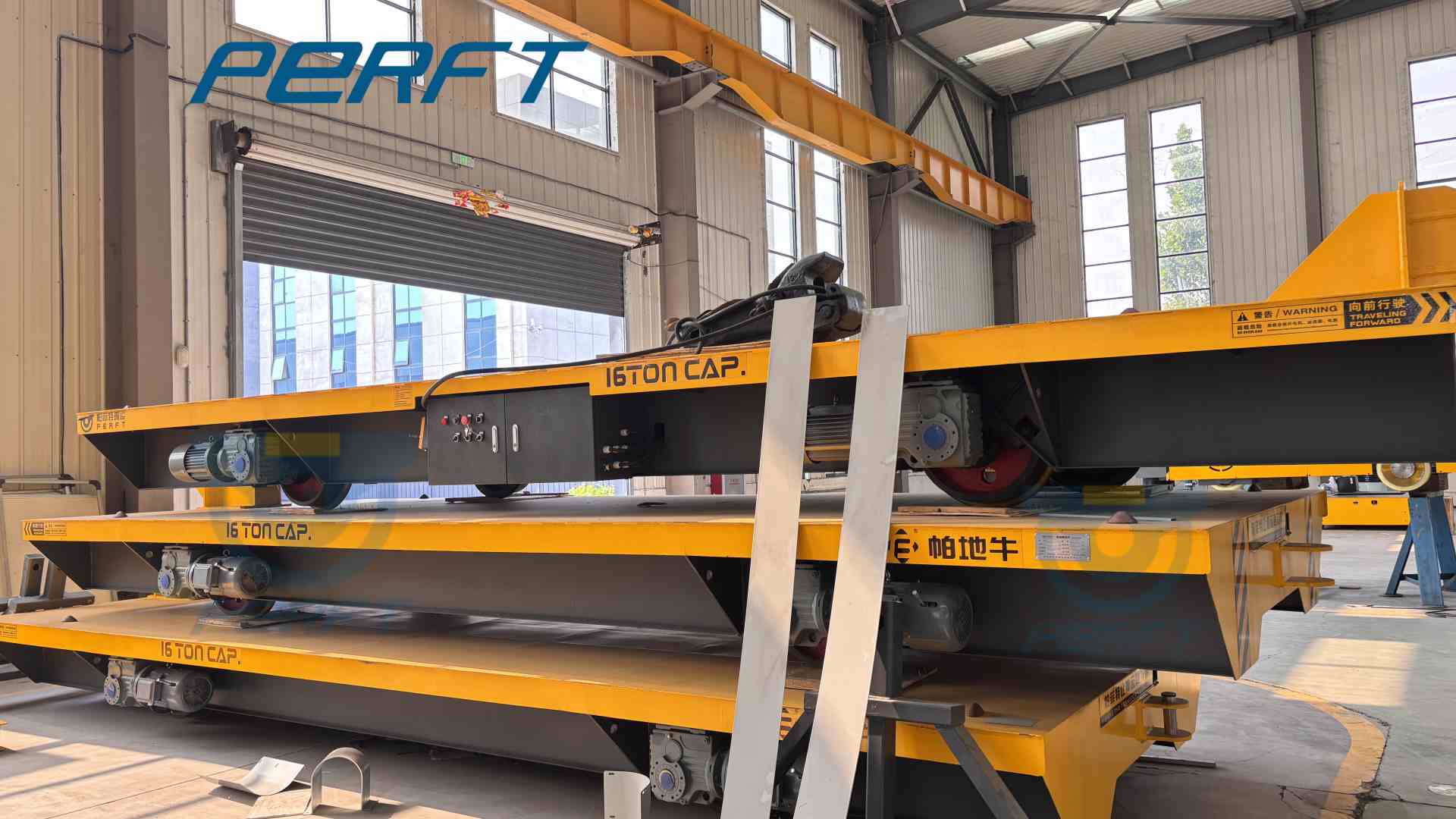
Which is the Better Handling Equipment for You?
Industries Where Transfer Trolleys
- Heavy Manufacturing: Moving machinery/parts weighing over 500 tonnes between assembly lines.
- Automotive Assembly: Precisely and repeatedly transporting automotive components along fixed routes.
- Mining and Extraction: Transporting bulky ore/minerals on flat indoor/outdoor routes.
- Fixed-path warehouses: Transporting pallets/goods along pre-set tracks (reducing human error).
- Food processing: Achieving hygienic, obstruction-free movement of raw materials in a controlled environment.
Industries Where Forklifts
- Construction Sites: Moving construction materials (steel, concrete) on uneven terrain.
- Shipping and Ports: Loading/unloading containers onto trucks/ships (suitable for indoor/outdoor mixed use).
- Small to Medium-Sized Warehouses: Vertically stacking goods (forklifts are superior to transfer cars in terms of lifting capacity).
- Retail Distribution Centres: Quickly and flexibly moving various loads in a constantly changing layout.
To select the appropriate equipment, ask yourself:
- What is the size of your load? (Heavy = Transfer Car; Medium = Forklift)
- What is your terrain like? (Flat/fixed routes = Transfer Carts; Uneven/sloped = Forklifts)
- Do you need automation? (Autonomous, low human input = Motorized Transfer Cart; Operator flexibility = Forklifts)
- What is your budget? (Electric transfer carts save on labour costs; Forklifts may have lower initial costs for small operations)
- Is safety critical? (High-risk, repetitive tasks = Transfer Trolley; Trained operators = Forklift)
Electric transfer carts and forklifts are not inherently ‘better’—they each have their appropriate use cases. If you need to transport heavy loads on flat, fixed routes and prioritise automation, motorized transfer trolley is the best choice. If you need to operate on uneven terrain, perform vertical lifting, or require operator flexibility, a forklift is more suitable.
Back to List
-
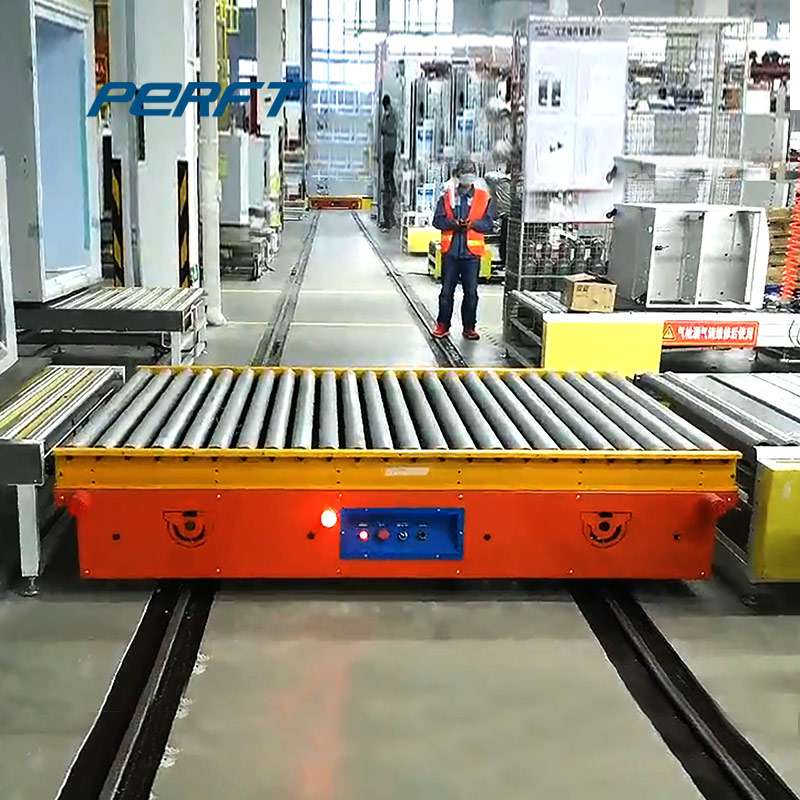 下午5:436 Types of Industrial Conveyor Systems Used in Warehouses
下午5:436 Types of Industrial Conveyor Systems Used in Warehouses -
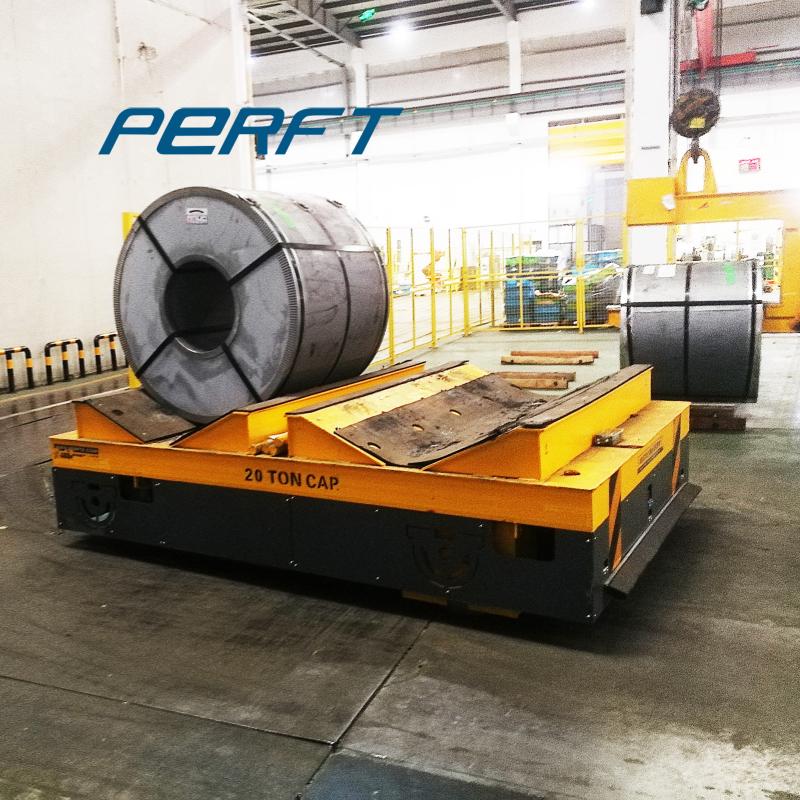 下午4:53Electric Transfer Cart and Wheel System Guide
下午4:53Electric Transfer Cart and Wheel System Guide -
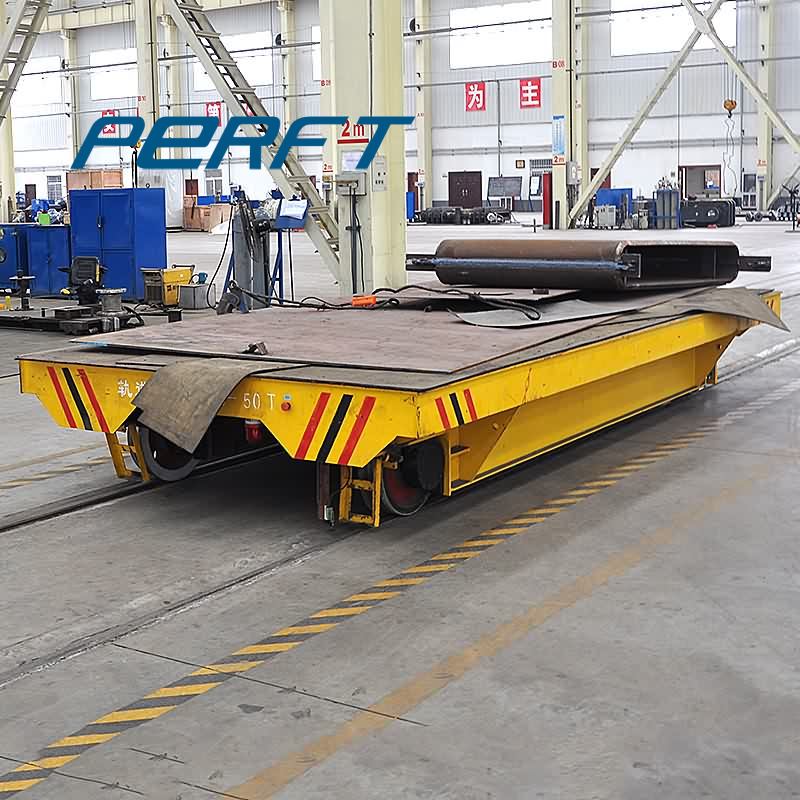 下午5:00Precision Docking for Rail Transfer Carts Smart Handling
下午5:00Precision Docking for Rail Transfer Carts Smart Handling -
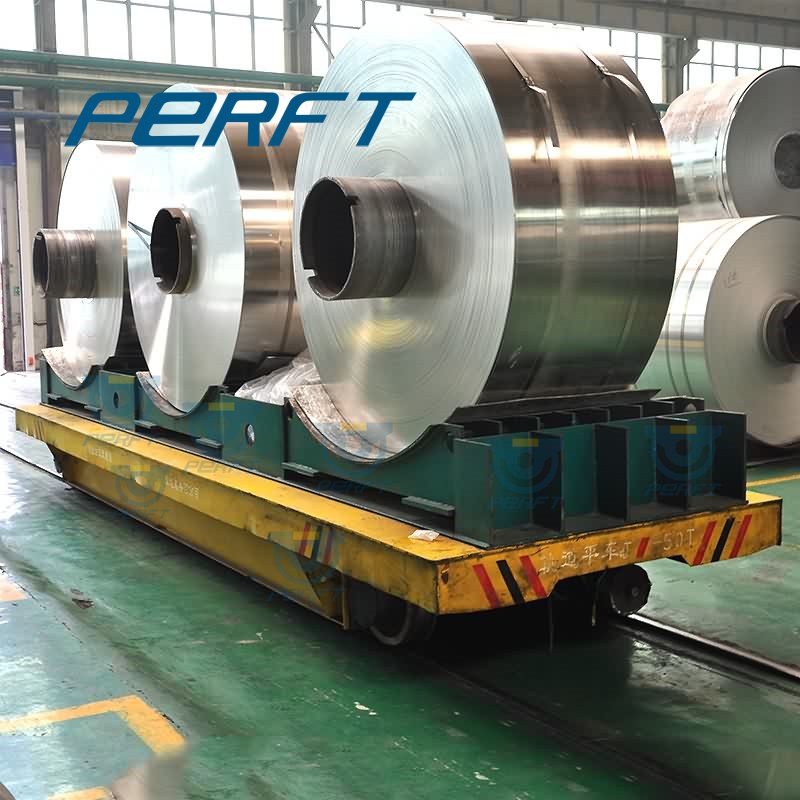 上午9:33C-Hooks and Coil Transfer Carts
上午9:33C-Hooks and Coil Transfer Carts -
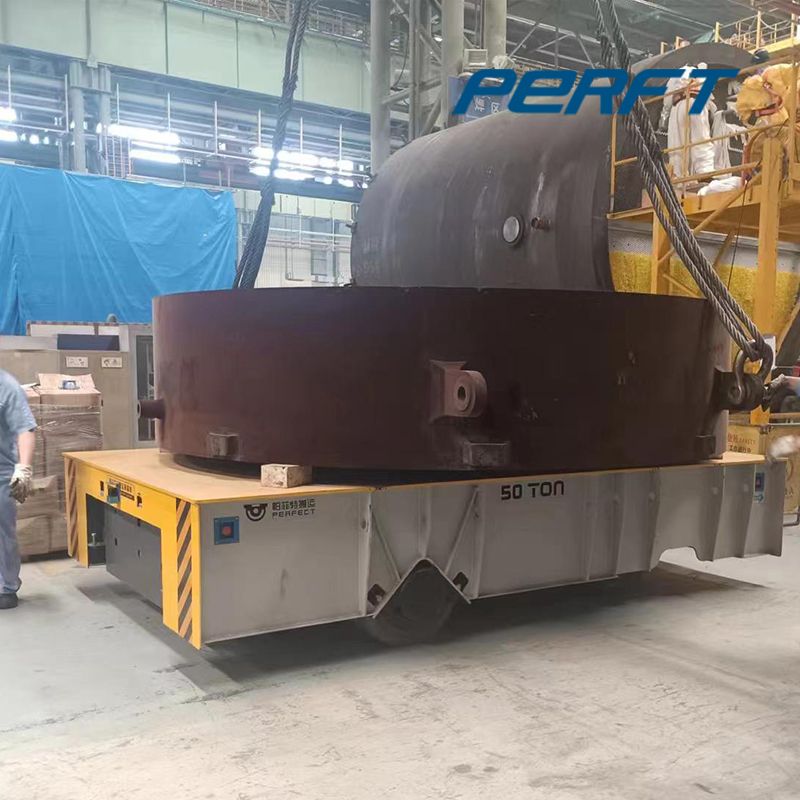 下午6:23Transfer Carts vs. Forklifts: Which is the Better Handling Equipment for You?
下午6:23Transfer Carts vs. Forklifts: Which is the Better Handling Equipment for You?

